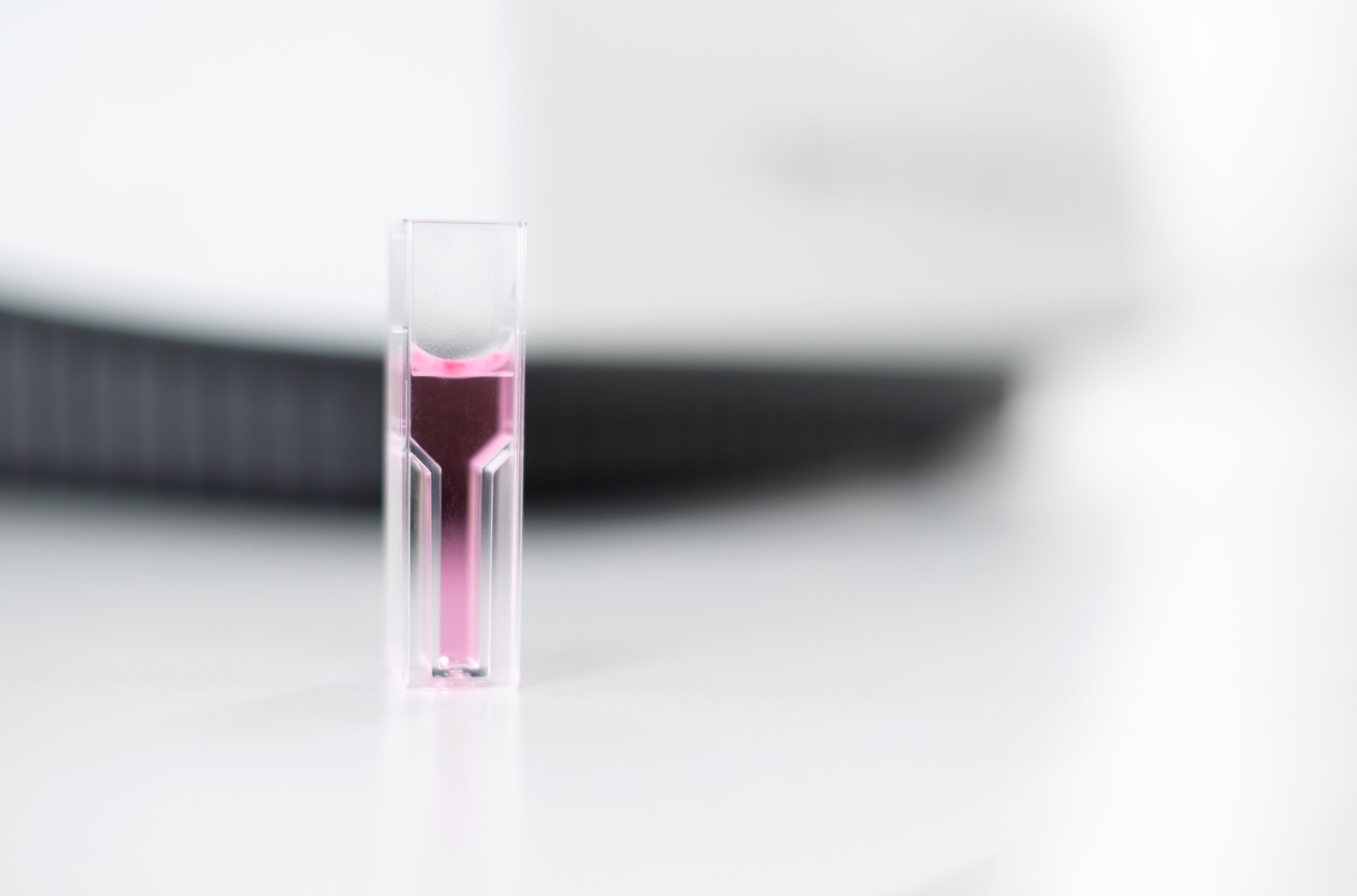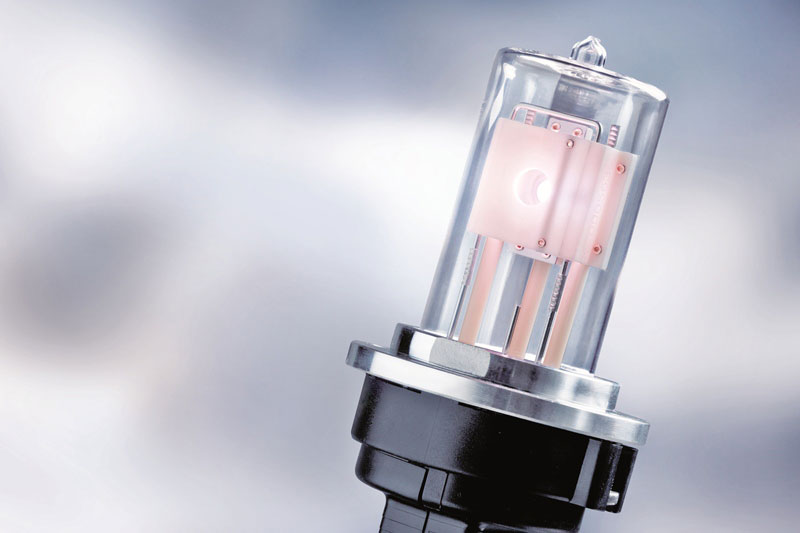Optical Laboratory Equipment
Many analytical instruments rely on optical detection methods. Yet, optical laboratory equipment by itself is a very diverse field. Depending on the employed analytical methods, different optical equipment and require corresponding optical components with different performance levels. As the equipment design depends on the individual supplier, we discuss some basic components of optical lab equipment and spare parts or auxiliary equipment, that could make a difference in performance.
The performance of fused silica optical components such as view ports, windows or lenses depends foremost on the optical finishing and potentially on the coating. However, choosing the right fused silica can make a difference as well. Absorption in the ppm / cm range can be significant for sensitive measurements.
Want to find out which material is suitable for your application?

Optical Metrology
Optical metrology is the technology of measuring with light. The properties that can be measured are either dimensions or shapes of objects, as well as temperatures and other properties that result from the interaction of light and matter. Dimensional measurements done with light are contact free and often very precise, since they are usually only limited by the wavelength of the light being used.
Spectroscopy
Spectroscopy is another important and broad field of optical analysis that focuses on the study of matter by electromagnetic radiation - light.
Fused silica optics and optical fiber bundles can be used in the UV-vis-NIR wavelength range from (from 80nm to 3500nm). Spectroscopy can be performed through the direct detection of absorption bands in the source light, or can incorporate an indirect detection schemes, such as nuclear particle detection via Cherenkov light, or detection of other light sources like scintillating or fluorescent materials.
Optics and optical fibers used in spectroscopy follow the same design considerations as commercial optical components (mirrors, windows, lenses, and substrates), with particular attention to zero fluorescence and minimal absorption. Because it is very difficult to distinguish whether the absorption is due to the instrument or the substance being measured, a material that absorbs light in the wavelength range of interest complicates and may render measurements impossible.
For example, if certain regions of the electromagnetic spectrum are absorbed by the optics or optical fiber, it is difficult or impossible to observe any possible absorption by the investigated substance in that region. A similar effect occurs when the optical material shows fluorescence. In this case, the instrument material may obscure any absorption of the substance being measured
Despite its good chemical stability, fused silica may age or deteriorate under some hostile conditions. Some fused silica grades perform better or are more resistant to these conditions than others.
For these reasons, it is important to carefully select the substrate, optical fiber material, or cuvette for spectroscopic investigations.








